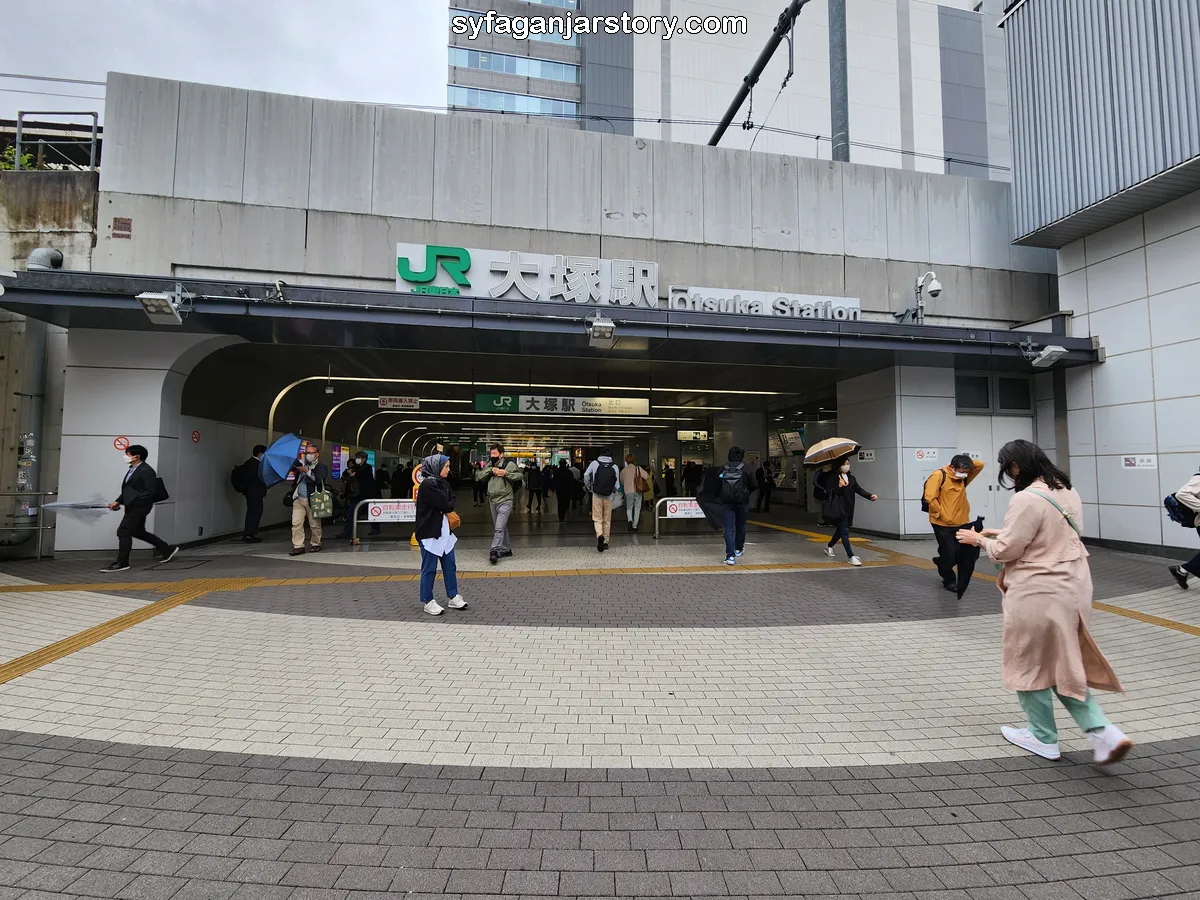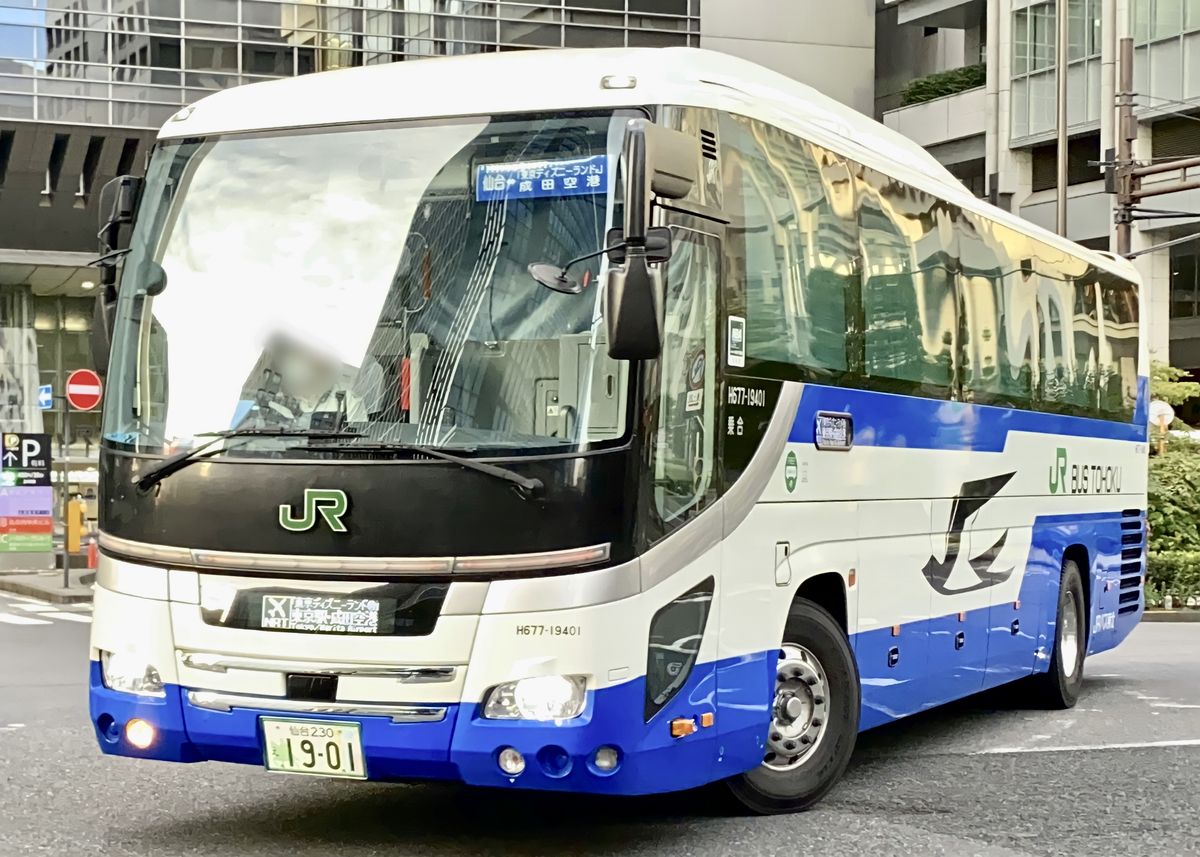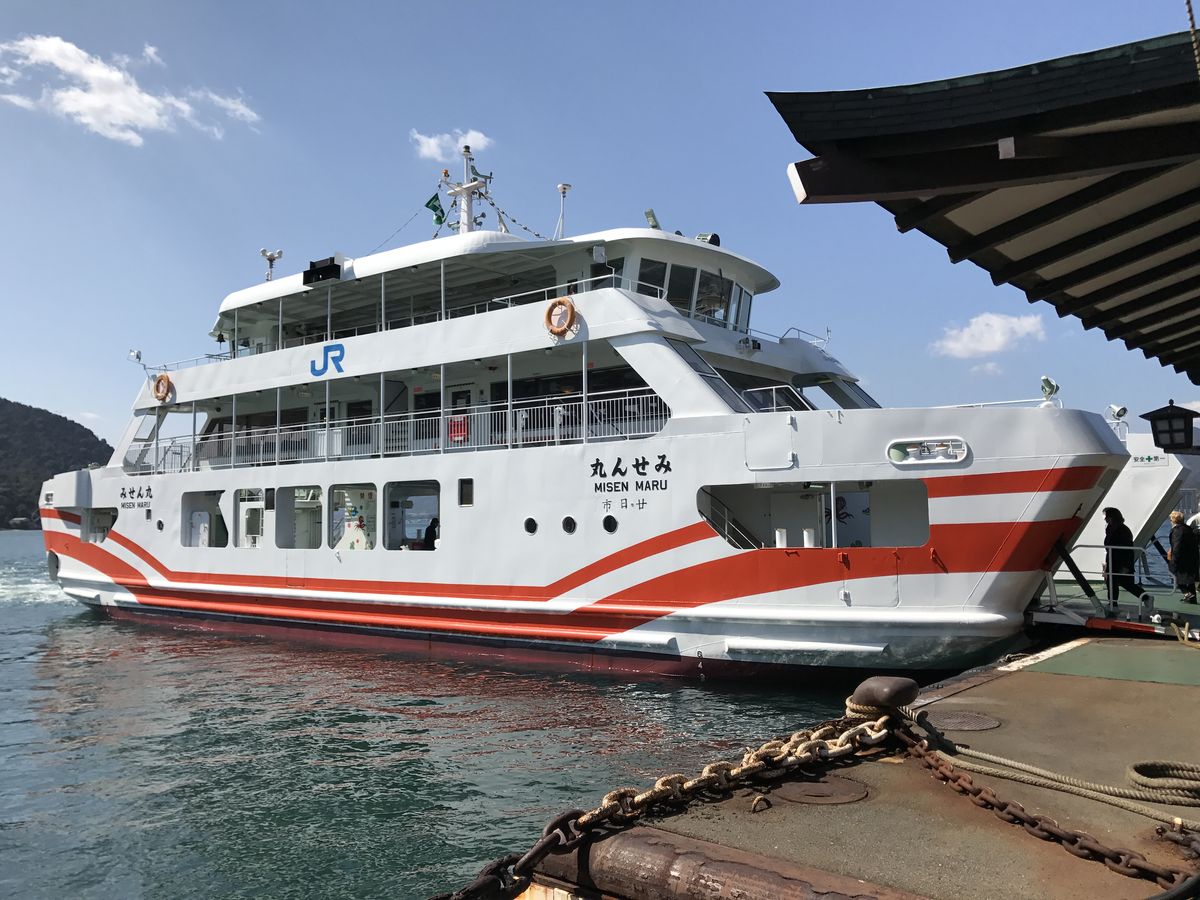The JR Pass is a popular ticket choice among tourists exploring Japan. Despite a recent price increase, it remains a highly attractive option for those wishing to journey across the country.
This article aims to highlight the various applications of the JR Pass, helping travelers utilize it to its fullest potential and thereby economize on transportation costs.

A key draw for many who purchase the JR Pass is the opportunity to travel on the Shinkansen, Japan's famed bullet trains, at no extra expense. The JR Pass allows unlimited access to these high-speed trains throughout its period of validity.
Holders of the standard JR Pass can enjoy rides in the regular compartments of the Shinkansen. For those with a Green Car JR Pass, an upgrade to the First Class section, known as the Green Car, is available.
Both the Standard and Green Car versions of the JR Pass permit travelers to reserve seats on the Shinkansen without additional fees. This feature is particularly beneficial as it avoids the need to vie for unreserved seating, known as "non-reserved seating" car.
It is important to note, however, that the JR Pass does not include travel on the Nozomi and Mizuho lines of the Shinkansen. These trains are the fastest in the network due to their limited stops.
To access these lines, a separate "Nozomi Mizuho Ticket" must be purchased. This ticket is available at JR Ticket Offices located within train stations.

The JR Pass also grants complimentary access to various local train services, enabling cost-effective travel within cities. Let's explore the train networks where the JR Pass is accepted:
Issued by Japan Railways (JR), the JR Pass is widely accepted across nearly all JR-operated trains. This encompasses limited express, rapid, and local trains.
It's important to note, however, that certain JR lines may incur additional charges as they utilize tracks owned by other companies. These lines are primarily found in more secluded regions. For a comprehensive list, visit this link.
The Narita Express provides a direct link between Narita Airport and several stations in Tokyo. Similarly, the Tokyo Monorail connects Haneda Airport with central Tokyo stations.
Both of these services are accessible at no extra charge with the JR Pass, offering a budget-friendly option for traveling to and from Tokyo's major airports.
The Aoimori Railway, too, falls under the purview of the JR Pass. However, this benefit is only applicable if your journey begins or ends at Aomori, Noheji, or Hachinohe stations. Travelers not using these stations will need to pay an additional fare.
Additionally, the JR Pass is valid on the IR Ishikawa Railway for journeys between Kanazawa and Tsubata stations. Passengers must embark at Kanazawa and disembark at Tsubata, or the reverse, to avoid extra fees.
Lastly, the Ainokaze Toyama Railway is accessible with the JR Pass, provided your travel is between Toyama and Takaoka stations. Similar to the previous lines, this privilege is only extended to those boarding and alighting at these specific stations.

Despite its name, Japan Railways (JR) extends its services beyond rail transport to include buses. The JR Pass we hold is also valid for use on all JR-owned buses, which are available in various regions across Japan.
To use these bus services, simply present your JR Pass to the driver. Be sure to keep the area showing the expiration date visible, so the driver can confirm the pass is still active.
However, the JR Pass is only accepted on local city buses. Since 2013, JR's "highway bus" and "express bus" services no longer accept the JR Pass.

Additionally, the JR Pass can be used for sea transportation, specifically on the JR West Miyajima Ferry. This ferry connects Hiroshima with the renowned Miyajima Island, famous for its iconic Torii Gate set against the sea.
The JR West Miyajima Ferry is the sole JR-owned ferry service that accepts the JR Pass. In contrast, the JR Kyushu Jet Ferry, which operates between Hakata and Busan (Korea), does not accept the JR Pass.
These four transportation modes in Japan are freely accessible with the JR Pass. By making optimal use of it, travelers can significantly reduce their expenses while enjoying their vacation in Japan.

